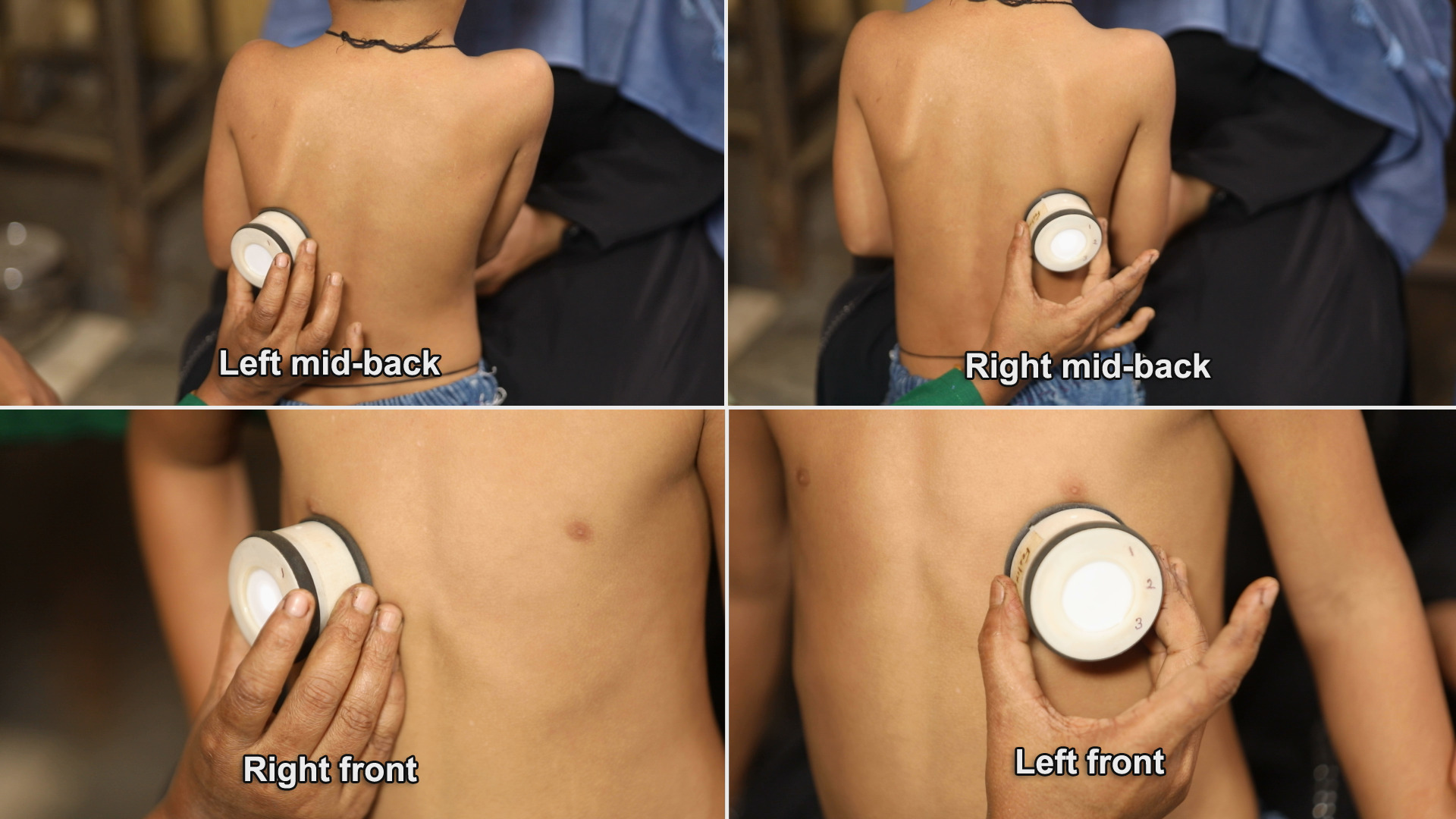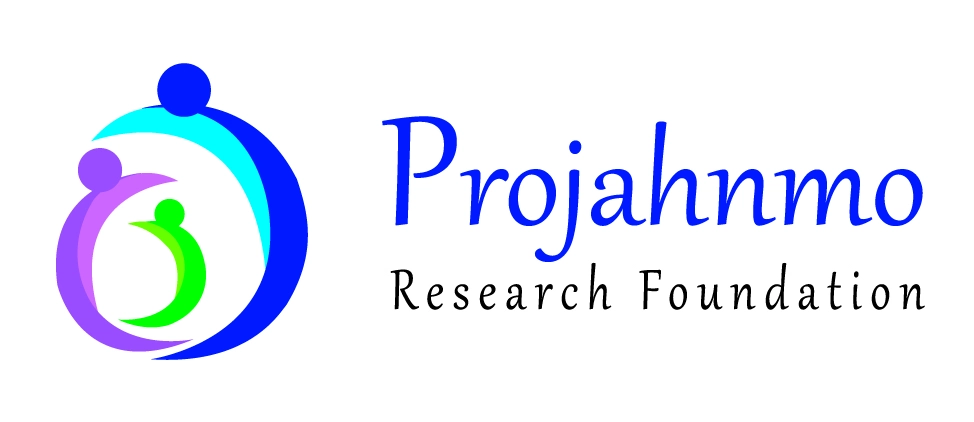
Community use of digital auscultation to improve diagnosis of childhood pneumonia in Sylhet, Bangladesh.
Study Period: September 2018- December 2022
Sample Size: 1003Doner Name:This research was commissioned by the UK National Institute for Health Research (NIHR) Global Health Research Unit on Respiratory Health (RESPIRE) at the University of Edinburgh, using UK Official Development Assistance (ODA) funding.
Project Description:
Background:Childhood pneumonia is the second leading cause of death in under-five children globally. In Bangladesh, the annual incidence of pneumonia is 36 per 100 child-years, and pneumonia still accounts for 16% of under-five deaths. The Integrated Management of Childhood Illness (IMCI) guidelines have proven the most important childhood pneumonia interventions for low-resource settings to date. The IMCI pneumonia guidelines are sensitive but non-specific in order to ensure that children with possible pneumonia receive antibiotic treatment. As a result, while the guidelines miss few children with pneumonia (high sensitivity), many children who do not have pneumonia incorrectly receive antibiotics (low specificity), resulting in antibiotic overuse. Innovations to improve the specificity of the IMCI pneumonia criteria are needed, especially considering ongoing concerns about rising antibiotic resistance.
The IMCI guidelines do not include lung auscultation in their pneumonia definition for frontline healthcare workers. However, inclusion of auscultation is challenging because a lot of experience is required to interpret lung sounds, and inter-rater variability is high regardless of the healthcare providers training level. After Rene Laennec’s invention of monoaural version of stethoscope in 1816, many improvements have occurred. Recently, an innovative, low-cost digital auscultation device was developed especially for children called Smartscope, which can amplify sound up to 100-fold, filter background noises, record sounds, and can transfer sounds to smartphones, tablets, computers for additional post-processing. Machine learning artificial intelligence techniques can be used in this device to auto-analysis sounds to make a diagnosis or treatment decision. The inclusion of adventitious sound classifications in current IMCI guidelines has the potential to increase the accuracy of pneumonia diagnosis. However, there is a paucity of evidence related to the feasibility and effectiveness of introducing digital auscultation devices in primary care facilities.
Objective:
- • To assess whether lung sounds recorded using the Smartscope in children by CHCP at Community Clinic (CC) meet pre-defined quality thresholds established by experts.
- • Determine the reliability and performance of the Smartscope Respiratory Detector automated analysis algorithm on lung sounds recorded by CHCP using the Smartscope, compared to reference interpretations by a paediatric listening panel.
Method:In a cross-sectional design, Community Health Care Providers (CHCP), who are the first level government health center’s service provider, recorded lung sounds using a novel digital stethoscope known as Smartscope, of 1003 children younger than five years with possible pneumonia at Community Clinics in Zakiganj upazila of Sylhet district, Bangladesh. A standardized paediatric listening panel classified the recorded lung sounds into different categories, e.g. no wheeze and no crackle, crackles only, wheeze only, both crackles and wheeze, or uninterpretable, to serve as the reference standard. Smartscope Respiratory Detector automated analysis algorithm will be used to analyze lung sounds recorded by CHCP using the Smartscope and will be compared to reference interpretations by a pediatric listening panel to determine the reliability and performance of the algorithm.
This study is assessing whether lung sounds recorded using Smartscope in children by CHCP meet pre-defined quality thresholds established by experts as well as the reliability and performance of the automated analysis algorithm on lung sounds, compared to reference interpretations by a pediatric listening panel.
